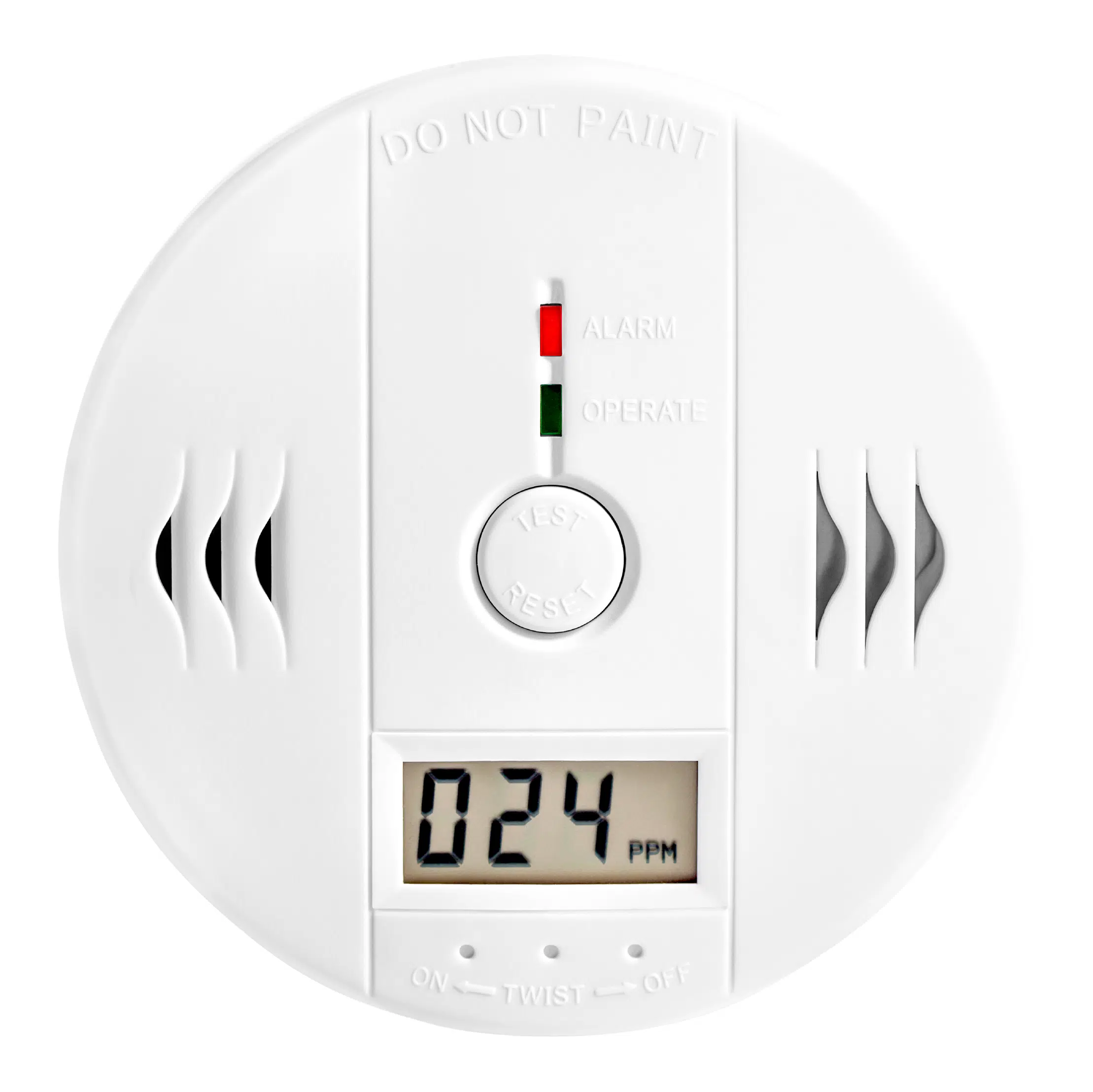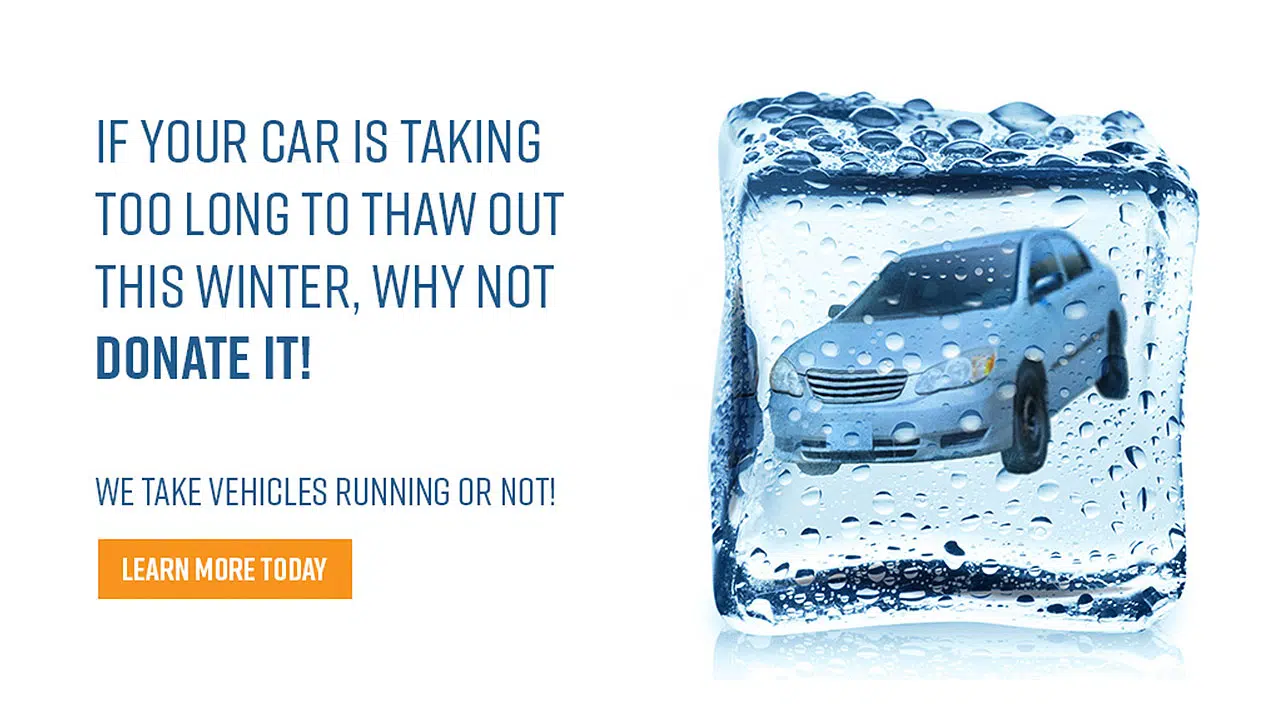When it comes to the safety of our families, there is no safe way to cut corners or pretend. Because it’s a fact that gas appliances are vital to us AND cause more than 4 people each week in the U.S. to die from carbon monoxide poisoning, we think safeguards are as necessary and basic as seat belts. And just like with our cars, the only sure way to keep our equipment safe and up to par is with regular maintenance; and that means an automatic Annual Check-up when it comes to our HVAC Equipment.
Carbon Monoxide poisoning is a very real danger any time an appliance burns fossil fuels. We encourage everyone who lives or works around appliances that burn fossil fuels to know the inherent dangers, and to protect themselves with high quality Carbon Monoxide Detectors at all times.
Unintentional CO exposure accounts for an estimated 15,000 emergency department visits and 500 unintentional deaths in the United States each year
Carbon monoxide (CO) can occur and spill into buildings whenever any fossil fuel burns without sufficient amounts of oxygen, which happens for many reasons:
- Chimneys can become clogged by dirt, leaves and soot, affecting ventilation and causing back draft with CO.
- Heat exchangers can become cracked or warped, due to filters not being changed regularly enough or just age and normal wear and tear. If cracks occur, combustion gasses (which include CO) can then be delivered to everywhere there are warm air vents.
- Combustion air gets restricted severely.
When any of these things happen, carbon monoxide and combustion gasses can spill into the rooms. Many families and business suffer daily because of small leakages from their gas appliances.
Long term exposure to high levels of Carbon Monoxide (CO) or short term exposure to high concentrations can be, and often are, deadly.
According to a report in The Journal of American Medical Association (JAMA, August 1991) studying 10 years of CO poisoning titled: “Unintentional CO-related deaths in the U.S:1979-1988” over 225 unintentional deaths occur each year in association to failing appliances in homes and this deadly household gas. That’s more than 4 people killed each and every week of the year. And, according to the United States Environmental Protection Agency, and the United States Consumer Product Safety Commission, CO poisoning is the leading cause of death from poisonings in the United States.
However, with proper lines of defense our families and businesses can rest easier and be protected from this Silent Killer.
CO is invisible, colorless, tasteless, and odorless and carbon monoxide poisoning has many symptoms. Often times they’re mistaken for the flu, and in some cases can resemble intoxication, causing disorientation that may keep people in the house from taking corrective measures in a timely manner. In many cases of low level carbon monoxide poisoning, people feel ill and stay at home (or if not at home, in their boat or RV) to rest, giving the Silent Killer an even better opportunity to do it’s sometimes subtle, but often deadly damage.
As carbon monoxide levels rise, symptoms become more and more extreme. At low levels people suffer mild headaches, and/or nausea and at higher levels unconsciousness, heart failure and then death can occur. The following is a guideline of how the symptoms elevate with the level of concentration. Carbon monoxide intrusion into the air we breathe is measured in ppm (parts per million.) It takes a very small amount in our air to cause unhealthy effects.
Warning Signs:
• 10 ppm-100 ppm – light headache within 2 to 3 hours, some nausea and possibly slight confusion. Runny nose.
• 400 ppm – frontal headache, confusion, runny nose and ‘flu’ type symptoms of achiness, nausea in 1 to 2 hrs and wide spread headache in 2 ½ to 3 ½ hrs.
• 800 ppm – dizziness and nausea, confusion, runny nose and ‘flu’ type symptoms of achiness, convulsions within 45 minutes.
• 1600 ppm – headache, dizziness and nausea within 20 minutes, disorientation. Death with in 2 hours!!!
• Higher Concentrations – overpowering disorientation, nausea and dizziness within minutes, coma and death imminent in minutes!!!
If we experience any of the above symptoms due to CO poisoning, our exposure has already been too long. Some safety measures if a CO leak is detected:
• Leave the area immediately
• Turn off the fuel source to your appliances if possible
• Call your local Fire Department
• Ventilate the area
Every home or place where we use gas appliances that can become a potential problem should have:
1. Properly maintained carbon monoxide detectors.
2. An automatic annual check-up and maintenance protection plan.
1. Detectors: Remember CO is colorless, tasteless, and odorless. Carbon monoxide gas that intrudes the home could be anywhere and everywhere, but since most CO fatalities relating to gas appliances occur when families are sleeping, we highly recommend that CO detectors be placed in every sleeping area of the home. We also recommend at least one carbon monoxide alarm be placed on every level of the home, and in the room that holds the heating equipment.
These alarms are similar to smoke detectors and will constantly monitor the air to make sure that CO levels are not rising to dangerous concentrations. If it does, they sound a very loud alarm and proper actions can be taken immediately. Caution – the common inexpensive C.O. alarms sold in retail outlets do not sound unless there is a catastrophic event of 50ppm to 70ppm; they provide NO PROTECTION for long term Low Level Exposure and are NOT recommended as the only C.O. alarm to have in your home, nor does the Manufacture’s recommend them for anyone with respiratory sensitivities/issues.
2. Annual Safety Check and Maintenance Protection Plan:
Most Fire Departments in the U.S, and every furnace and water heater manufacturer recommends that a thorough operation and safety check be done on every gas appliance every year; no exceptions!! A proper maintenance and operational check will have a complete physical examination of the entire appliance system, including at least:
• Vent conditions and operations
• Burner assembly condition and operations
• A complete and comprehensive Combustion gas analysis at appliance and heating duct registers
• Filtration system examination, cleaning and/or replacement
• Safety limit cut-outs checked and proven
Whatever gas appliances you might have, annual inspections and maintenance are crucial for safe, economical performance. And state of the art carbon monoxide detectors are a great way to add an extra measure of safety and peace of mind. We perform all the services mentioned. If you’d like to learn more just give us a call, or visit us online at www.dayandnite.net Until next time…be safe!











